22 January 2023

When choosing the lengths of timber for your next project, there are a few things you should know. Every species of timber offers different length options and join requirements, as trees can only grow so tall. To make the decision easier and to manage the expectations of all involved, this guide lays out the options so you can make the best decision for your project.
We understand the complexities of minimising site time and meeting design intent, which is why we offer a range of length options to suit any project. Our standard options are explained below, but if you have specific requirements for a project, contact us to speak to one of our project consultants.
Set lengths are used when you require a quantity of the same lengths for your project. Sculptform can offer set lengths between 1.2m and 3.6m. These are supplied slightly over length to allow for onsite trimming. Standard walls (2.7m) typically use set lengths to minimise the number of joins.
We also offer a cut to increment option where boards are docked to increments of 450mm or 600mm to suit mounting track centres. For visual appeal, joins need to be placed randomly throughout.
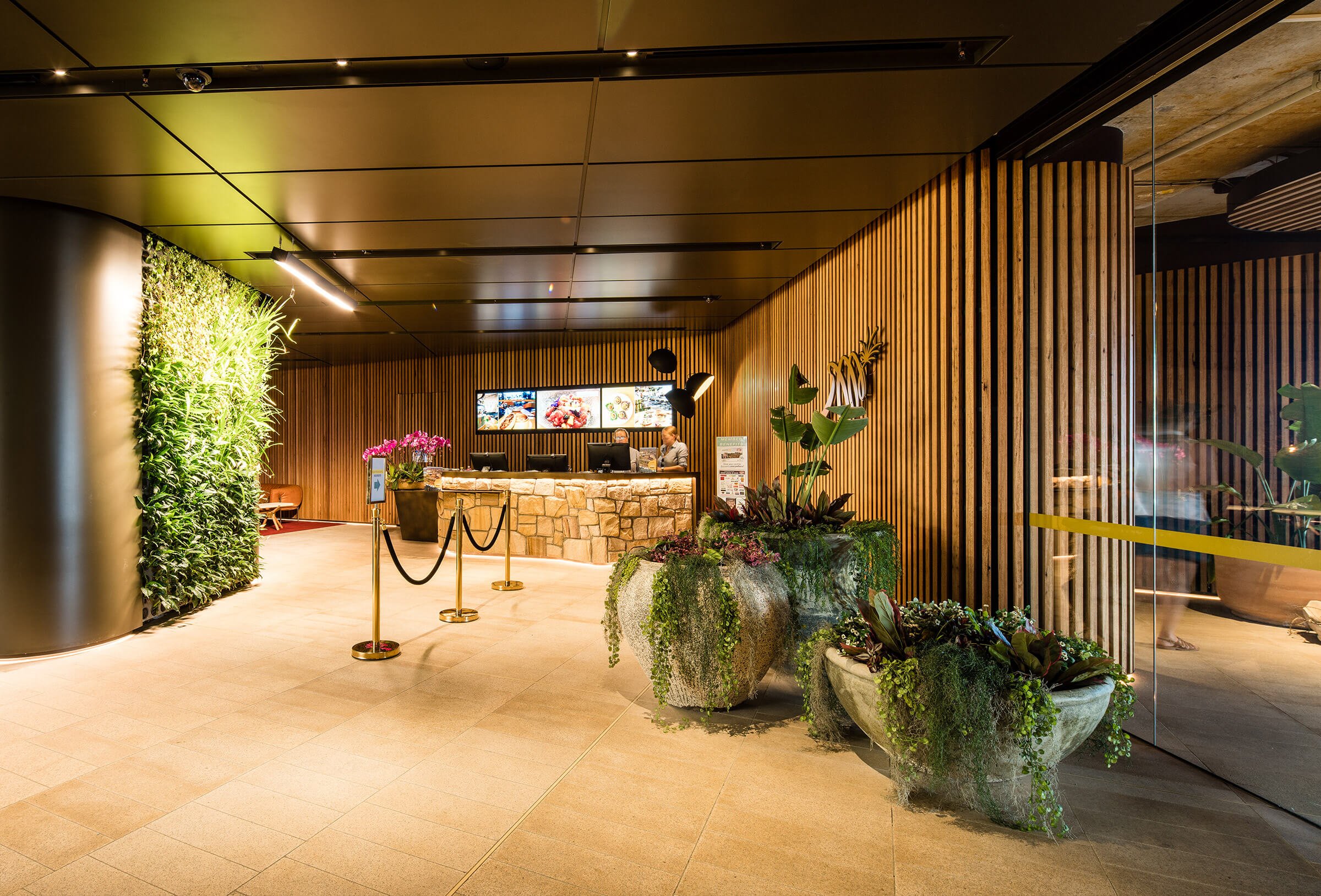
Harbord Diggers uses set length timber to span from floor to ceiling. Photo: Grant Leslie.
Cut to exact length is similar to the set length option, but with trimming to an accuracy of ±1mm — an accurate site measure is required to prevent issues with uneven walls and ceilings. This drastically reduces the need for any trimming at the site. For applications which require specific join requirements, we recommend exact or set lengths.
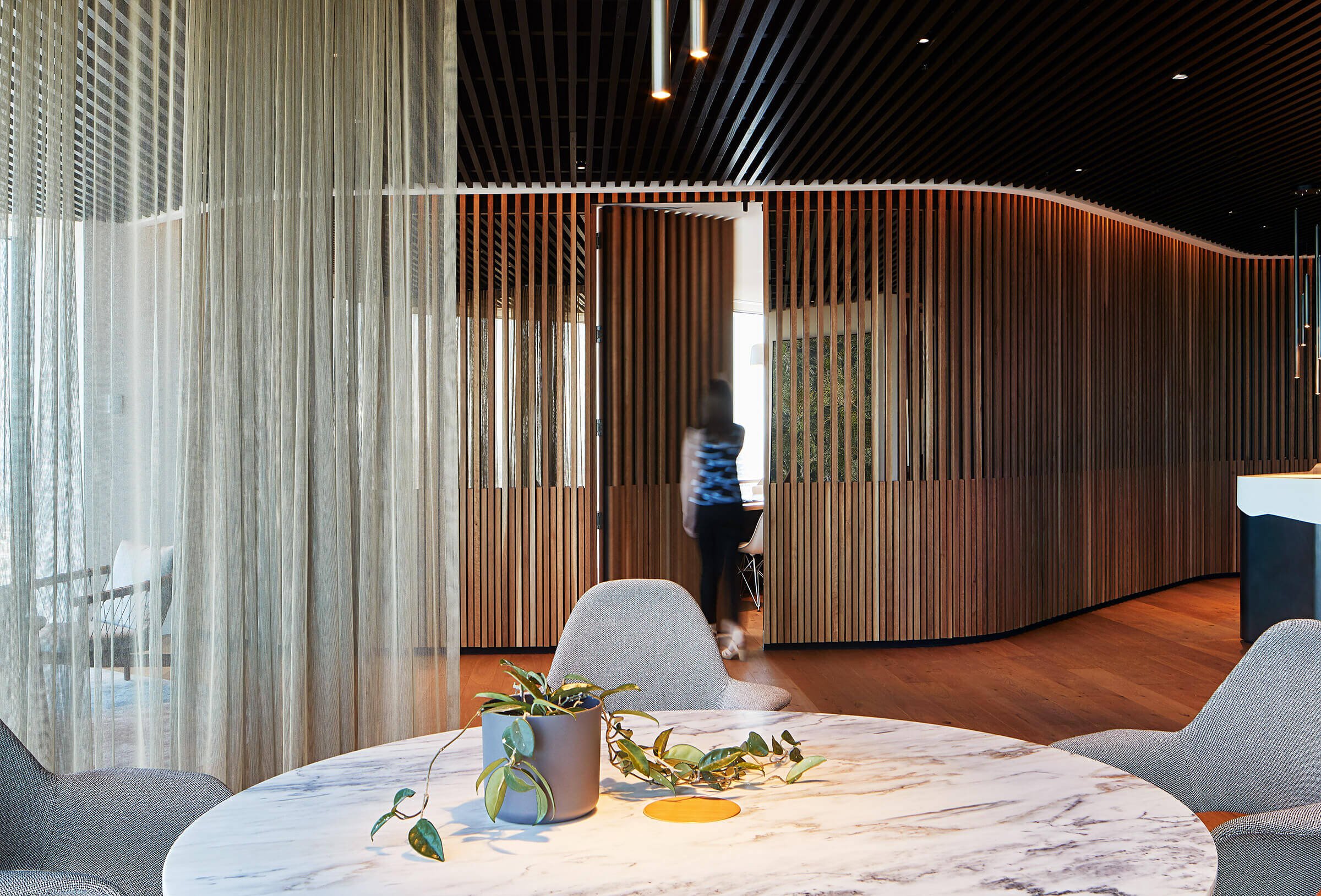
Exact lengths were required to fit the unique design of the Plenary office space. Photo: Shannon McGrath
These lengths are cut at random from pieces of timber with different lengths, between 1.2m – 3.6m. This option offers a very low rate of wastage, making this the most sustainable choice. Ceilings, due to their vastness, usually use random lengths and are installed with end-matching and joiner strips.
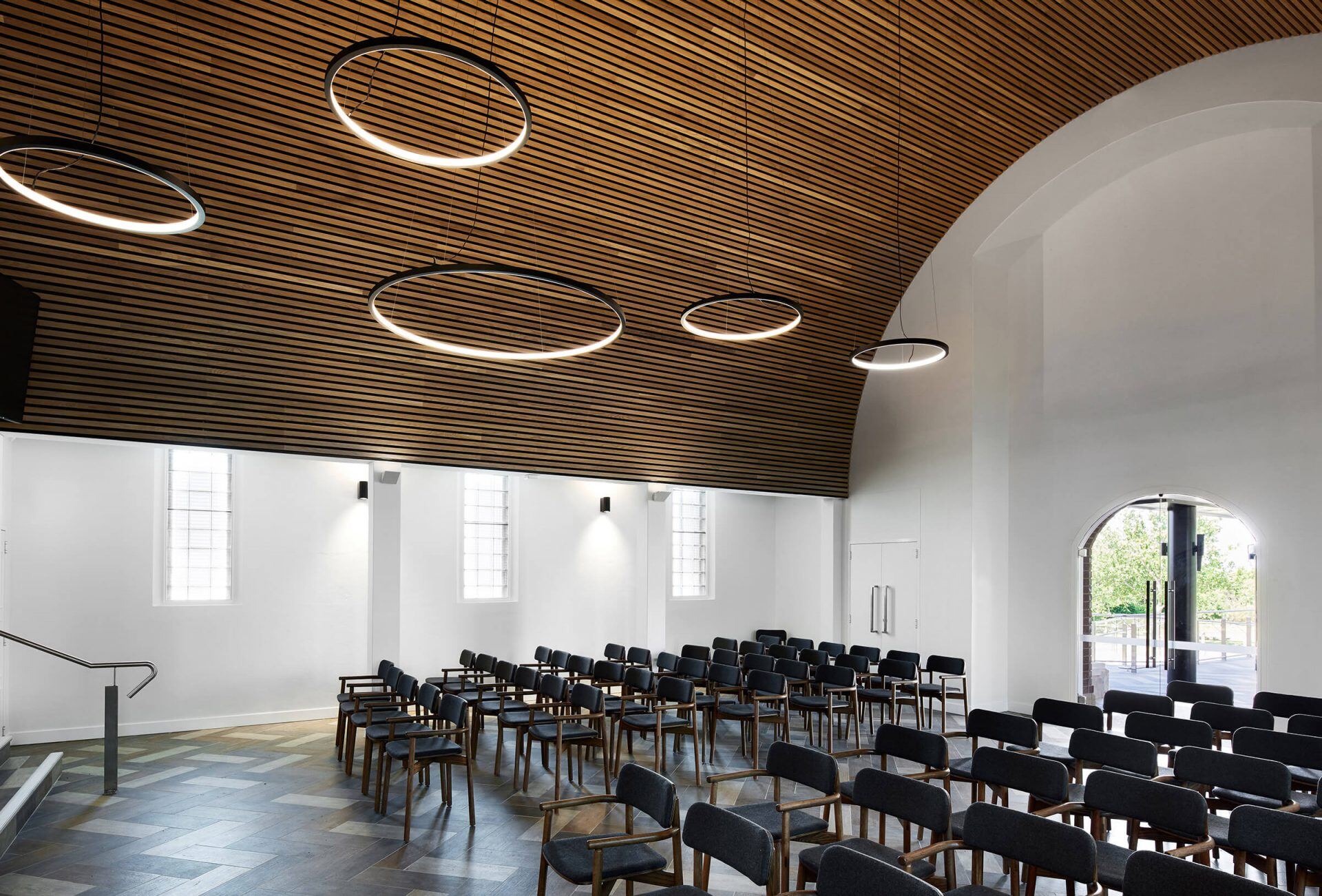
Random lengths used for the ceiling at All Souls Chapel emphasises the natural variation of the timber. Photo: Ryan Linnegar
End matching is a small tongue and groove profile on the ends of the battens. When engaged, these profiles help to maintain batten alignment at the butt joins and will minimise the appearance of any warping. End matching is included on random lengths and it can be added to exact and set lengths.
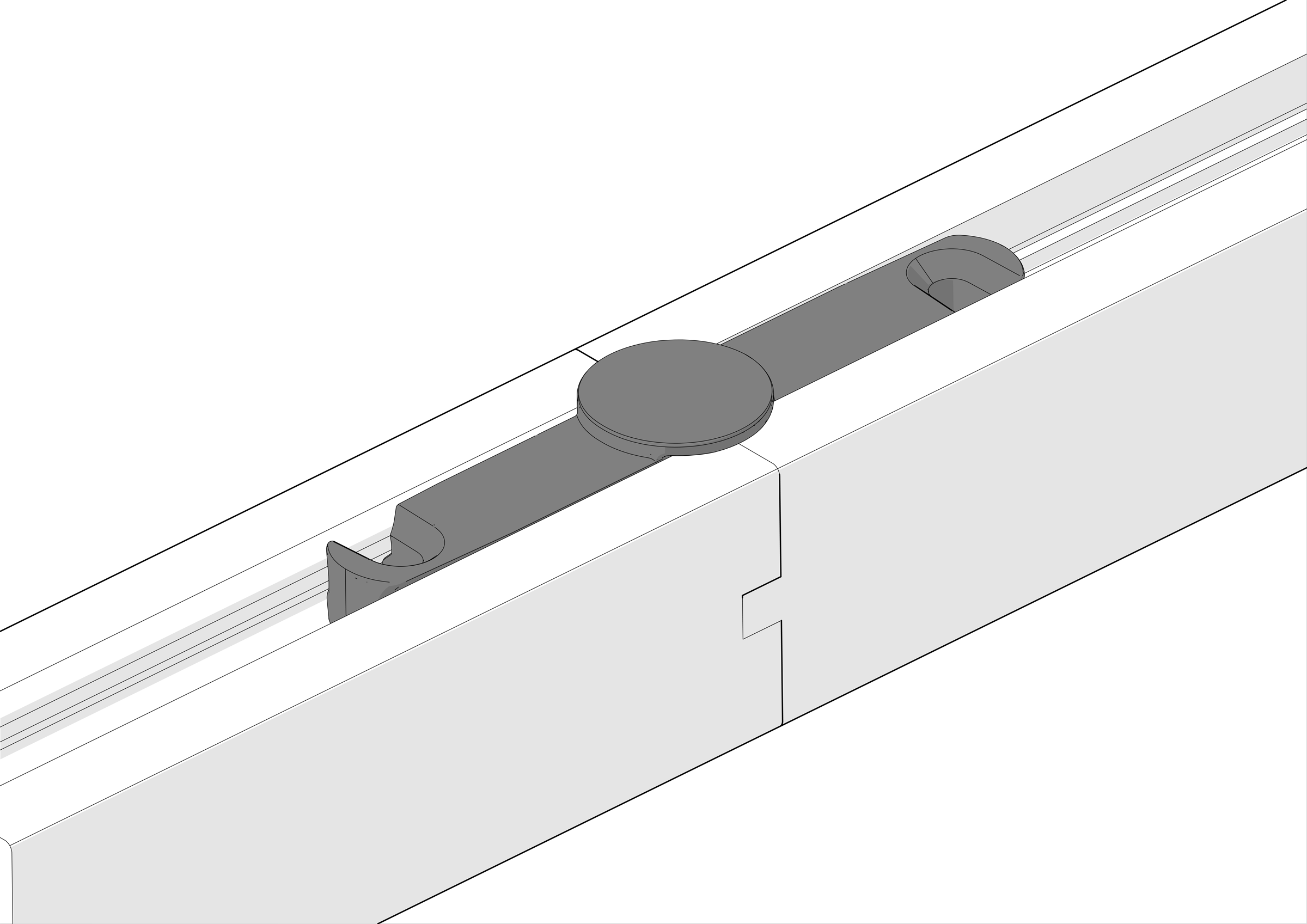
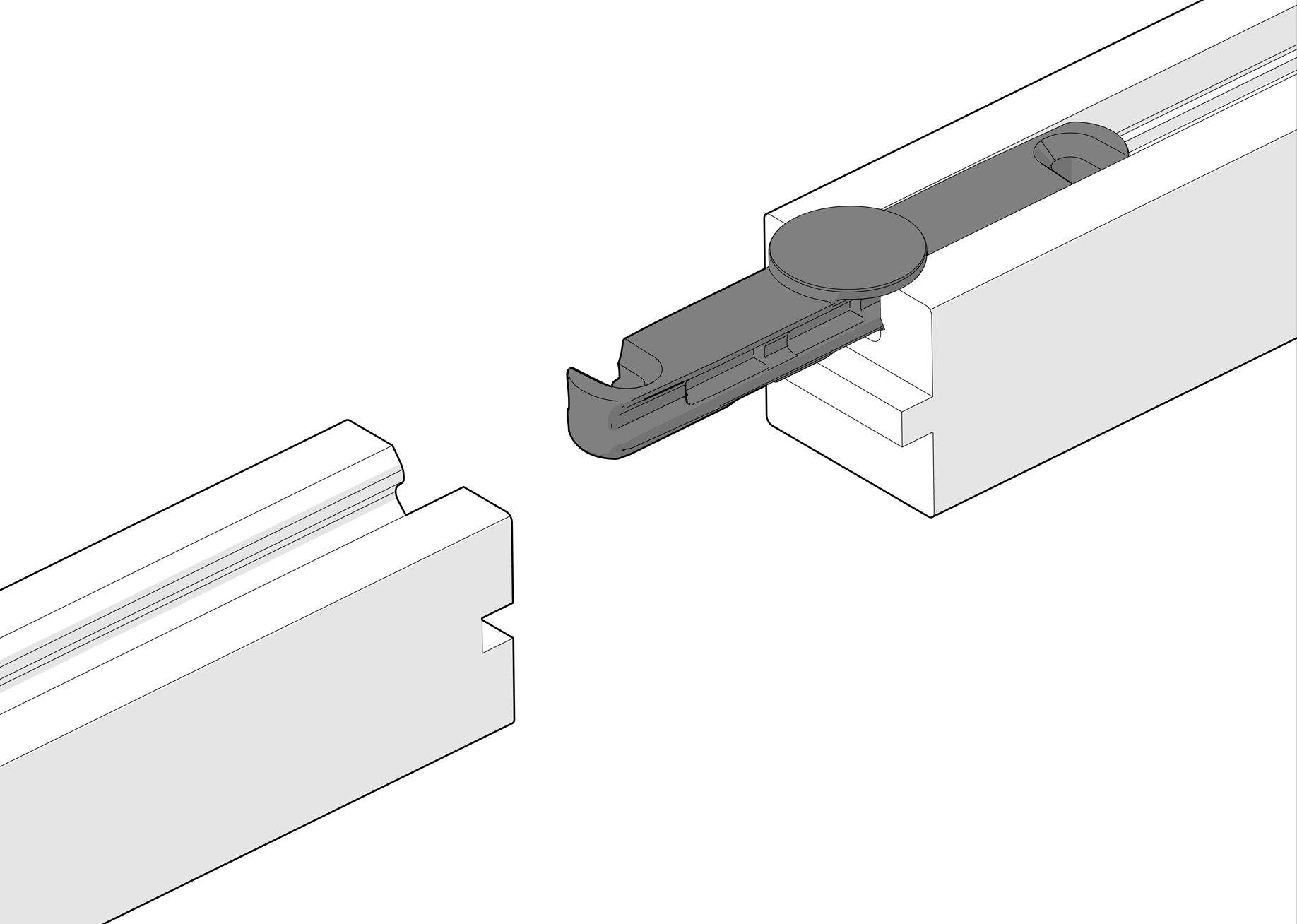
The amount of lead time you can allocate for the sourcing of your chosen timber species and the lengths needed is a big factor in determining if it will be possible to source in time.
For larger projects, the lead time for set or exact lengths may be extended. Random lengths are more readily sourced and can cater to shorter project timeframes. Sustainably sourced timber will also require a longer lead time to ensure the full quantity is able to be sourced.
To avoid disappointment, we recommend discussing your project with us as early as possible to arrange sourcing of timber, as this can require up to six months.
If you have any questions about obtaining documentation regarding Sculptform areas of your project, you can contact us below or give us a call on 1800 008 828.
